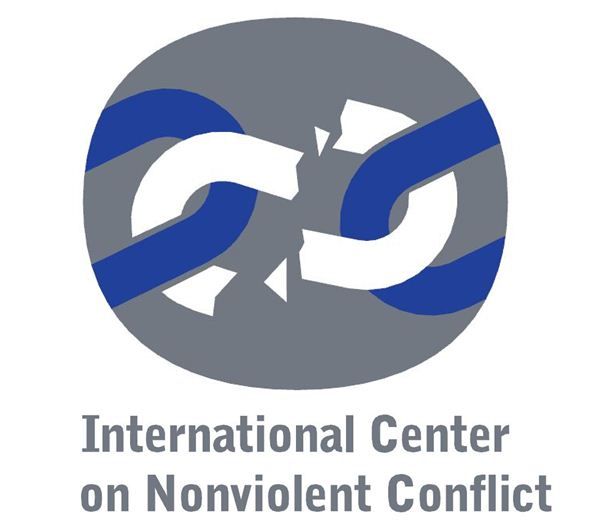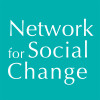The impact of HIV/AIDS in the 1980s created common problems for gays, but we focus here primarily (though not exclusively) on the response in the USA (see G.2.a.). Since the 1980s gays, lesbians and trans have also sought equal civil rights and the right to express their identity. Some common themes have emerged and common forms of protest and celebration of identity – notably in Pride marches. An important common experience has been violent attacks on members of LGBT community which have often not been taken seriously enough by the police, and also examples of brutality by police forces themselves. For US studies see:
G.2. Gay Liberation: Protest and Organization in the West: 1980s-2010s
There have been significant campaigns to protect and promote LGBT rights in the USA, including a series of National Marches on Washington in 1979, 1987, 1993 and 2000, but also in many other western countries, which are not so well covered in English publications. The political, legal , religious and cultural contexts vary, however, between countries, so LGBT communities can face somewhat different problems. (For the UK see G.2.b.)
A collection of diverse essays, not a comprehensive survey of LGBT history in the US, but explores the movement’s growth and activities from the 1970s to 1990s, the impact of AIDS in increasing resources and organization in the LGBT community, and the role of several organizations, including the influential National Gay and Lesbian Task Force (NGLTF) founded in 1973 to promote grass roots power and its role in resisting hostile referenda and promoting positive legislation. NB. NGLTF records from 1973-2008 are based in the Cornell University library: http://rmc.library.cornell.edu/EAD/htmldocs/RMM07301.html
Covers variety of movements, but three chapters on problems of gay/lesbian groups in Hungary, Poland and the eastern part of Germany.
Views and experiences of US activists and their assessment of how much or little had changed since Stonewall.
Original French version. Examines activist lesbian and gay organizations in relation to post-1968 feminism, gay ‘ghettoes’ and the gay press, and explores the impact of AIDS and revival of militancy in the 1990s. Notes influence of American movement, but also stresses differences.
Examines how LGBT movement responded to over 200 attempts by religious right in US to promote discrimination through anti-gay referenda.

 The online version of Vol. 1 of the bibliography was made possible due to the generous support of the
The online version of Vol. 1 of the bibliography was made possible due to the generous support of the  The online version of Vol. 2 of the bibliography was made possible due to the generous support of
The online version of Vol. 2 of the bibliography was made possible due to the generous support of